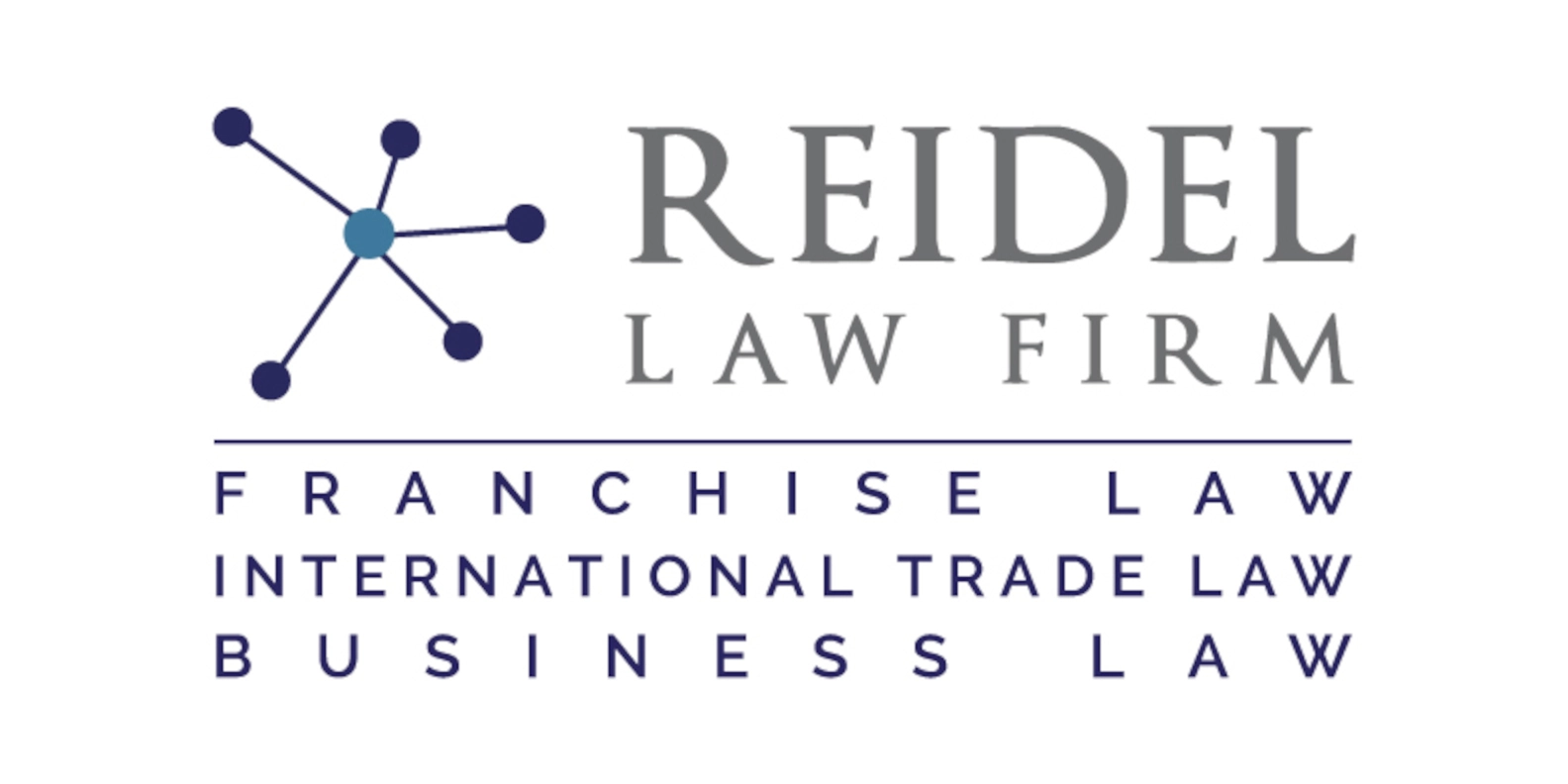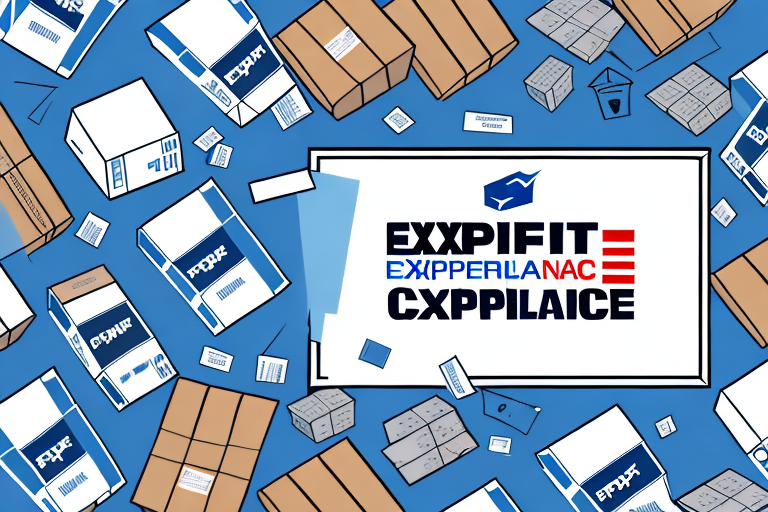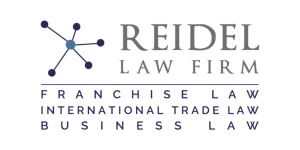Export compliance is a critical aspect of international trade, ensuring that goods and technology are exported legally and in accordance with applicable laws and regulations. One key element of export compliance is product classification, which involves determining the correct tariff code, Harmonized System (HS) code, and Export Control Classification Number (ECCN) for each product being exported.
Understanding Export Compliance: A Brief Overview
Export compliance refers to the set of regulations, laws, and procedures that govern the export of goods and technology from one country to another. It is designed to prevent the unauthorized transfer of sensitive items and protect national security interests. Export compliance requirements vary from country to country and are often influenced by international agreements and trade restrictions.
A key component of export compliance is product classification. When exporting goods, it is crucial to correctly classify them based on the specific regulations of the destination country. Product classification involves identifying the applicable tariff code, HS code, and ECCN for each item. These codes serve as the basis for determining factors such as duty rates, export controls, licensing requirements, and documentation obligations.
Navigating the Complexities of Export Regulations
Export regulations can be complex and ever-changing, making compliance a challenging task for businesses involved in international trade. Understanding the intricacies of export regulations, including classification requirements, is vital to avoiding penalties, legal issues, and reputational damage.
The classification process requires a comprehensive understanding of the product being exported, as well as the applicable regulations of both the country of export and the country of import. It involves analyzing the composition, intended use, and technical characteristics of the product to determine its proper classification. This process often involves consulting various regulatory resources, such as government publications and databases, to ensure accurate classification.
Why Product Classification Matters in International Trade
Product classification plays a crucial role in international trade for several reasons. Firstly, it enables customs authorities to identify and verify goods as they enter or leave a country. By correctly classifying products, importers and exporters can ensure smooth customs clearance processes, avoiding delays and unnecessary costs.
Secondly, product classification determines the applicable duty rates and taxes. Different products are subject to different duty rates based on their classification. By accurately classifying products, exporters can determine the correct amount of customs duties and taxes to be paid, enabling them to calculate pricing strategies effectively. Furthermore, proper classification allows businesses to take advantage of any preferential trade agreements or duty exemptions that may apply to certain categories of goods.
The Impact of Incorrect Product Classification on Export Compliance
Incorrect product classification can have serious consequences for export compliance. It can result in underpayment or overpayment of duties and taxes, leading to financial loss or potential legal issues. Underpayment of duties can trigger audits, investigations, and penalties, while overpayment can erode profit margins and weaken competitiveness in the global marketplace.
Moreover, incorrect classification can expose businesses to export control violations. Certain items may be subject to export controls due to national security concerns, non-proliferation efforts, or other regulatory reasons. By misclassifying these items or failing to identify their export control status, businesses risk breaching export control laws, which can result in severe penalties, criminal charges, and potential loss of export privileges.
Avoiding Penalties and Legal Issues through Accurate Product Classification
The importance of accurate product classification in export compliance cannot be overstated. To avoid penalties and legal issues, businesses must invest time and resources in thoroughly understanding the regulations and requirements specific to their products and target markets.
To ensure accuracy in product classification, businesses should consider the following key factors:
- Composition: Understanding the materials used in the product and their relevant characteristics is essential in determining classification.
- Functionality: Identifying the intended use and purpose of the product helps determine its classification.
- Technical Specifications: Analyzing the technical specifications, features, and capabilities of the product helps to ascertain its classification.
- End-Use or End-User: Some products may have additional restrictions due to their potential for dual-use or diversion to unauthorized end-users.
- Country-Specific Regulations: Export regulations vary from country to country, and businesses must be aware of any specific requirements and restrictions of each destination market.
How to Determine the Correct Harmonized System (HS) Code for Your Products
The Harmonized System (HS) code is an internationally recognized classification system adopted by most countries. It provides a standardized method for classifying traded products, enabling easier cooperation and communication between different customs authorities.
Determining the correct HS code for a product requires a careful analysis of its characteristics, composition, and purpose. The classification process involves consulting national customs authorities’ official tariff schedules and publications, which outline the specific classification criteria and descriptions for each HS code. By comparing the product’s attributes to the descriptions provided, businesses can identify the correct HS code.
The Role of Tariff Codes in Product Classification for Export Compliance
Tariff codes, also known as customs tariff numbers or harmonized tariff codes, are numerical codes assigned to specific products within the Harmonized System. These codes are used to determine the applicable duty rates and taxes for imports and exports.
Tariff codes play a crucial role in product classification for export compliance, as they provide a standardized method for identifying and categorizing goods. By assigning the correct tariff code, businesses can determine the accurate duty rates and tax obligations associated with their exports, ensuring compliance with customs regulations and avoiding penalties.
Exploring the Harmonized System (HS) for Global Trade Classification
The Harmonized System (HS) is a global trade classification system that facilitates the uniform description and classification of traded products. Developed and maintained by the World Customs Organization (WCO), the HS is used by over 200 countries and economies worldwide.
The HS comprises a hierarchical structure based on the product’s composition and purpose. It uses a six-digit code to classify products at the general level, with additional digits providing more detailed classifications. For instance, the first six digits of the HS code are globally standardized, while each country may add additional digits to meet their specific classification needs.
Common Mistakes to Avoid in Product Classification for Export Compliance
While accurate product classification is essential for export compliance, several common mistakes can hinder businesses’ efforts. Being aware of these pitfalls can help companies avoid potential errors and associated penalties:
- Assuming Similarity: Assuming that a product is similar to another without conducting a proper classification analysis can lead to incorrect classification.
- Reliance on Past Classifications: Relying solely on past classifications for similar products can lead to inaccuracies, as regulations and interpretations may change over time.
- Misinterpretation of Classification Criteria: Misunderstanding the classification criteria, descriptions, or guidance provided by customs authorities can result in incorrect classification.
- Failure to Seek Expert Advice: Not seeking professional advice or consulting with customs experts can increase the risk of incorrect classification.
- Updating Classification: Failing to regularly review and update product classifications to account for changes in regulations, characteristics, or use can lead to inaccuracies.
Best Practices for Ensuring Accurate and Consistent Product Classification
To ensure accurate and consistent product classification, businesses should adopt best practices that promote compliance and minimize risks:
- Educate and Train Personnel: Providing training and education to employees involved in export operations can enhance understanding and compliance with product classification requirements.
- Establish Classification Procedures: Developing standardized procedures for classifying products and maintaining classification records promotes consistency and accuracy.
- Regularly Review Classification: Conducting periodic reviews of product classifications ensures that they remain up-to-date and in compliance with evolving regulations.
- Engage Experts when Necessary: Seeking guidance from customs experts, legal consultants, or trade advisors can help resolve complex classification issues and ensure compliance.
- Use Automation Tools: Leveraging technology and software solutions designed for product classification can streamline processes and reduce the risk of human error.
Tools and Resources to Assist in Product Classification for Export Compliance
Various tools and resources are available to assist businesses in the product classification process for export compliance:
- Customs Authorities: National customs authorities provide tariff schedules, classification databases, and detailed guidelines to assist in product classification.
- Commerce Department: The U.S. Department of Commerce offers resources such as the Bureau of Industry and Security (BIS), which provides guidance on export controls and ECCN classifications.
- Online Databases: Subscription-based online databases, like the Global Trade Atlas and Trade Compass, offer searchable classification databases and other resources for exporters.
- Trade Associations: Industry-specific trade associations often provide training, resources, and guidance on export compliance, including product classification.
The Role of Technology in Streamlining Product Classification Processes
Advancements in technology have significantly improved the efficiency and accuracy of product classification processes for export compliance. Automated solutions and software tools can streamline classification tasks, reducing the risk of human error and saving time and resources.
Modern classification software often integrates with databases and regulatory resources, enabling businesses to search for classification information, compare product attributes, and generate accurate classifications quickly. These tools can also help manage classification records, track regulatory changes, and ensure consistency in the classification process across an organization.
Case Studies: Real-life Examples Highlighting the Importance of Correct Product Classification in Export Compliance
Real-life case studies provide tangible examples of the consequences of incorrect product classification and emphasize the significance of accurate classification in export compliance. These case studies highlight the financial, legal, and reputational implications that businesses can face due to classification errors.
By examining these cases, businesses can gain valuable insights into the potential pitfalls and risks associated with incorrect classification. They can also learn from successful strategies implemented by companies that prioritize accurate product classification and export compliance.
Understanding the Relationship between ECCNs, EAR, and Correct Product Classification
The Export Control Classification Number (ECCN) is a key component of export compliance, particularly for businesses operating within the United States. The ECCN is a code assigned to products that are subject to export control regulations under the Export Administration Regulations (EAR).
The ECCN, determined through product classification, identifies the level of export control required for a particular item. It indicates whether a product requires an export license or is eligible for a license exception or exemption. By correctly categorizing products with their corresponding ECCNs, businesses can ensure compliance with U.S. export control laws and regulations.
Proper product classification, in alignment with ECCNs and the EAR, is essential for businesses to navigate the complex landscape of export control regulations effectively. It enables companies to determine licensing requirements, manage compliance obligations, and reduce the risk of violating export control laws.
Conclusion
In conclusion, the correct classification of products for export compliance is of utmost importance for businesses engaged in international trade. Accurate product classification helps ensure customs compliance, facilitates efficient customs clearance, determines the appropriate duty rates and taxes, and prevents export control violations. By investing in a thorough understanding of classification regulations, leveraging technology tools, and adopting best practices, businesses can streamline their classification processes, mitigate risks, and maintain compliance with export regulations. Prioritizing accurate product classification is a fundamental practice that not only safeguards a business’s financial well-being but also protects its reputation and supports sustainable growth in the global marketplace.



